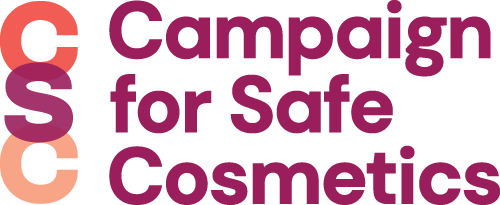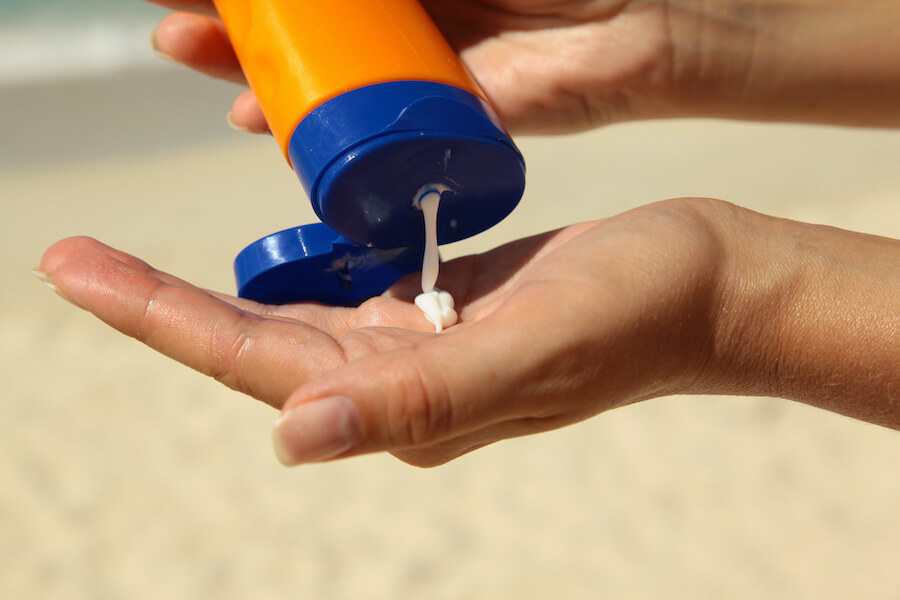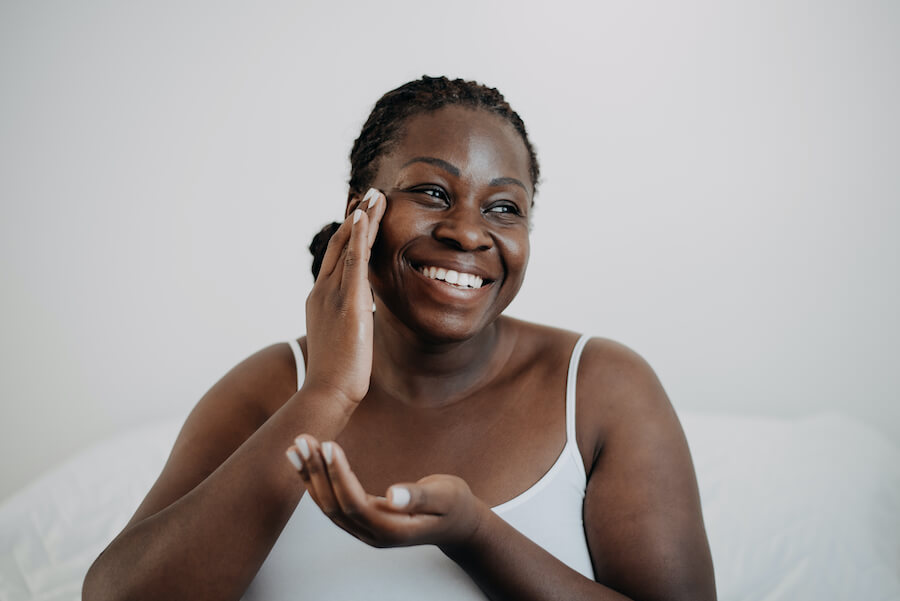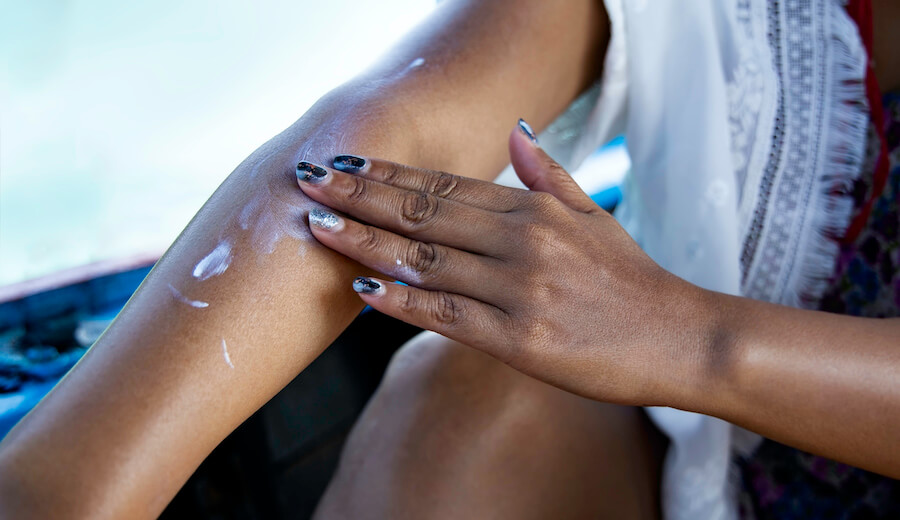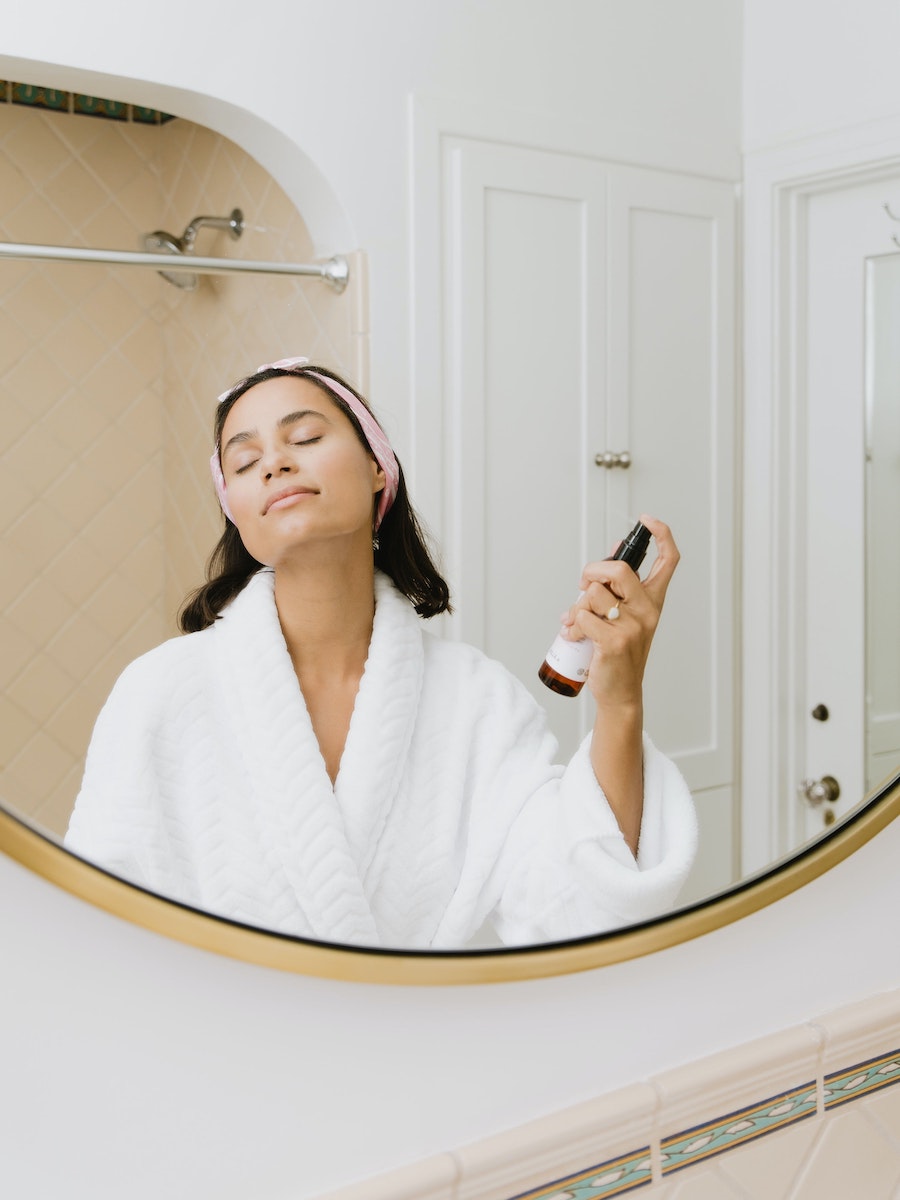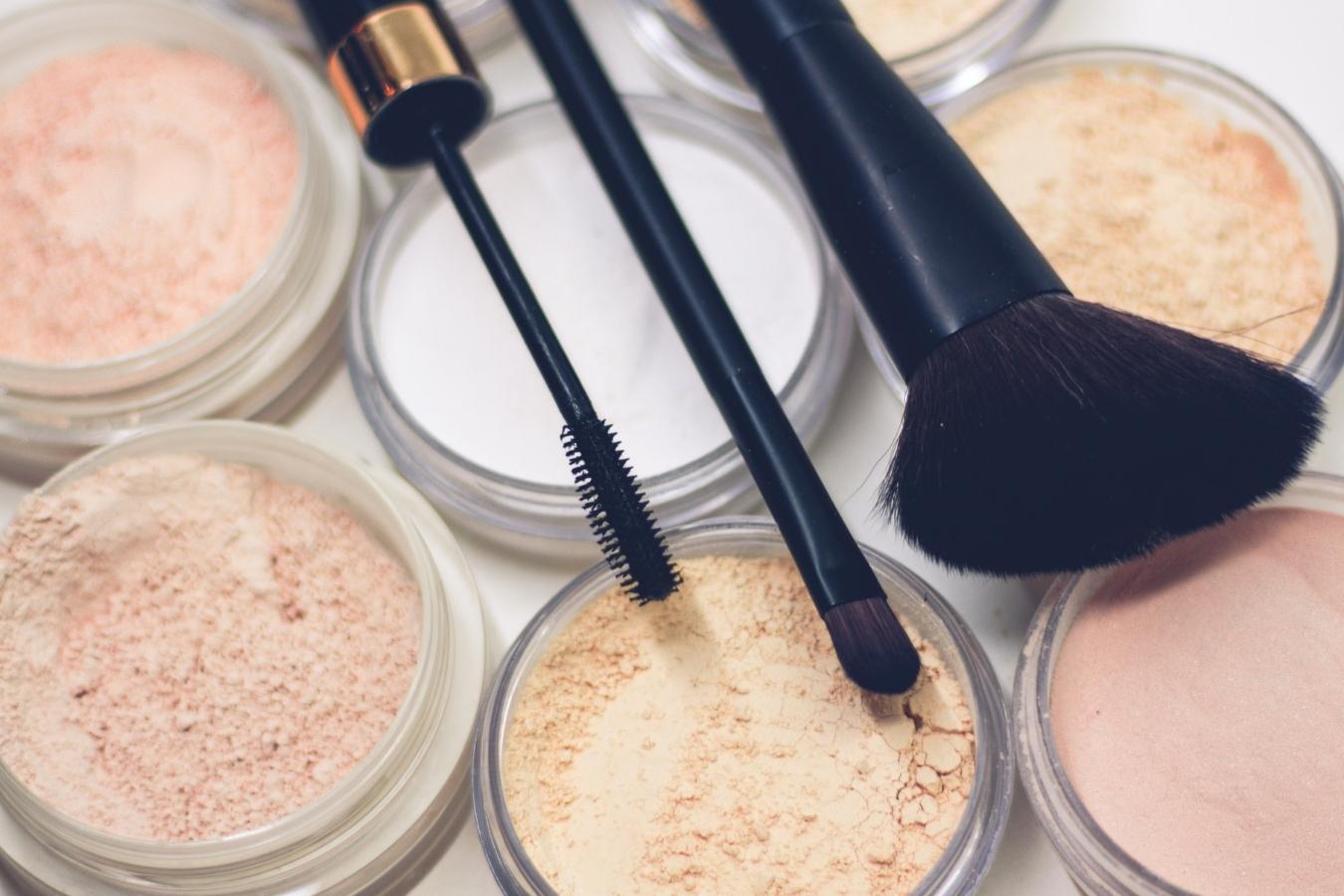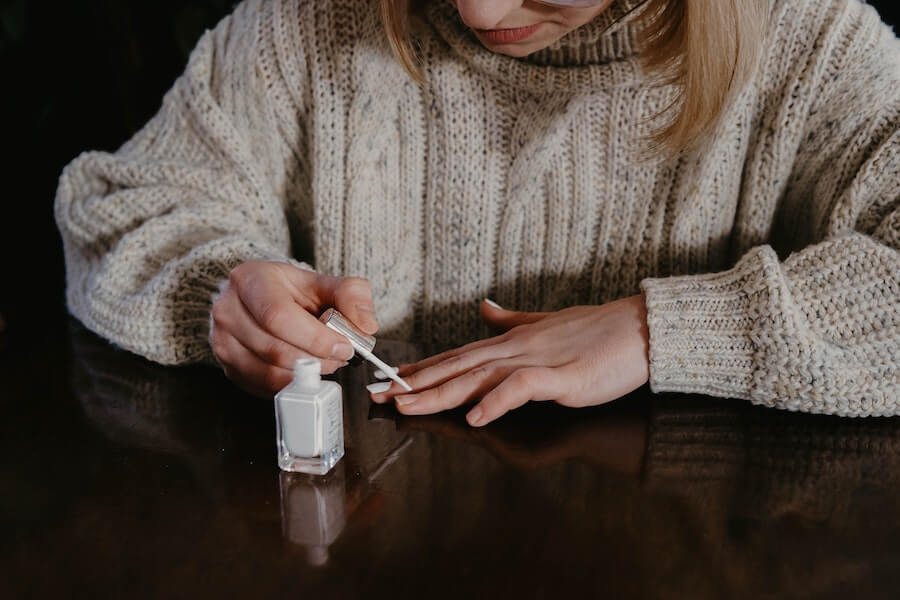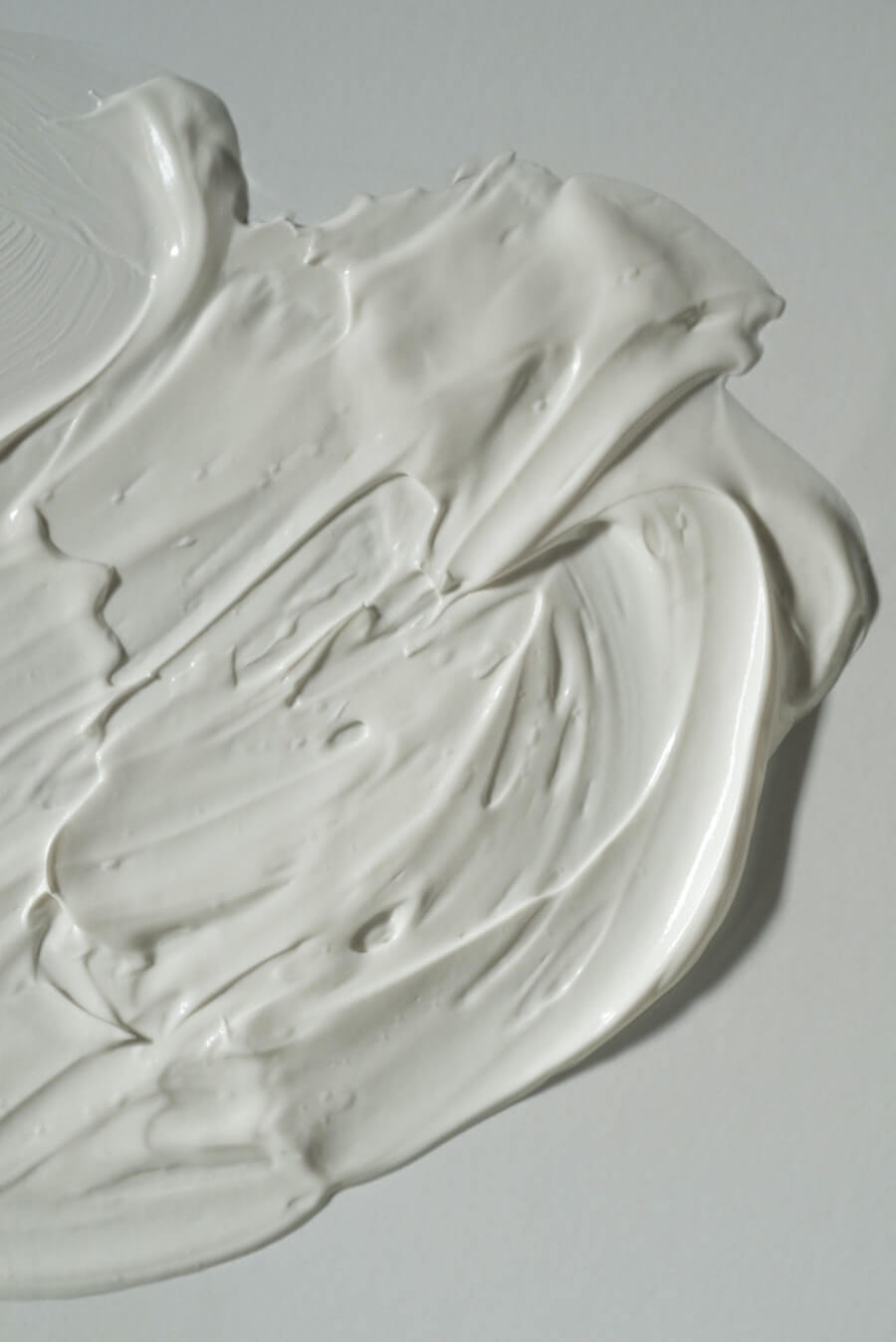[1] Axelstad, M., Boberg, J., Hougaard, K. S., Christiansen, S., Jacobsen, P. R., Mandrup, K. R., … & Hass, U. (2011). Effects of pre-and postnatal exposure to the UV-filter Octyl Methoxycinnamate (OMC) on the reproductive, auditory and neurological development of rat offspring. Toxicology and applied pharmacology, 250(3), 278-290.
[2] Darbre, P. D. (2006). Environmental oestrogens, cosmetics and breast cancer. Best practice & research clinical endocrinology & metabolism, 20(1), 121-143.
[3] National Library of Medicine. Octinoxate. Available online: https://pubchem.ncbi.nlm.nih.gov/compound/Octinoxate. Accessed April 21, 2022.
[4] U.S Food and Drug Administration, “Principal display panel of all sunscreen drug products” Available online: http://www.accessdata.fda.gov/scripts/cdrh/cfdocs/cfcfr/CFRSearch.cfm?fr=352.50. Accessed April 21, 2022.
[5] Chemical Information, “Octyl methoxycinnamate”. National Library of Medicine. Household Products database [Online]. Available: https://pubchem.ncbi.nlm.nih.gov/compound/Octyl-methoxycinnamate. Accessed April 21, 2022.
[6] Schlumpf, M., Cotton, B., Conscience, M., Haller, V., Steinmann, B., & Lichtensteiger, W. (2001). In vitro and in vivo estrogenicity of UV screens. Environmental health perspectives,109(3), 239.
[7] Schlumpf, M., Schmid, P., Durrer, S., Conscience, M., Maerkel, K., Henseler, M., … & Lichtensteiger, W. (2004). Endocrine activity and developmental toxicity of cosmetic UV filters—an update. Toxicology, 205(1), 113-122.
[8] Boas, M., Feldt-Rasmussen, U., & Main, K. M. (2012). Thyroid effects of endocrine disrupting chemicals. Molecular and Cellular Endocrinology, 355(2), 240-248.
[9] Krause, M., Klit, A., Blomberg Jensen, M., Søeborg, T., Frederiksen, H., Schlumpf, M., … & Drzewiecki, K. T. (2012). Sunscreens: are they beneficial for health? An overview of endocrine disrupting properties of UV‐filters. International journal of andrology, 35(3), 424-436.
